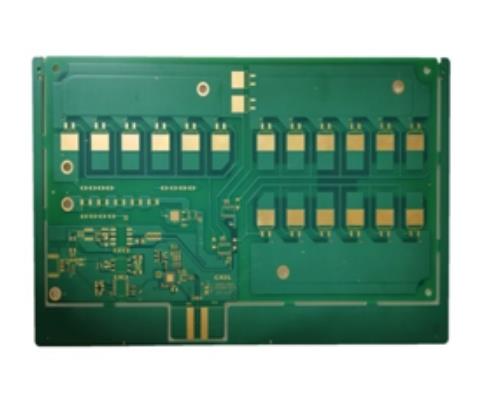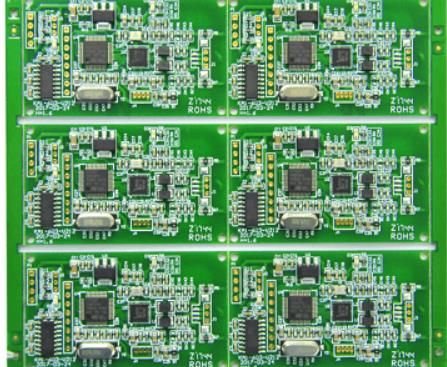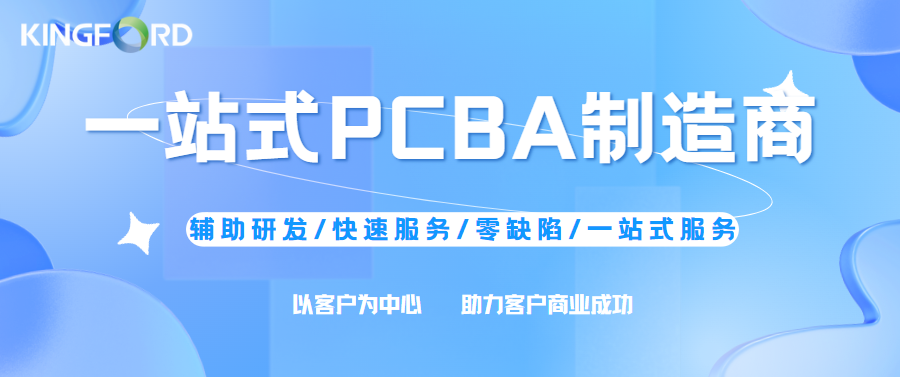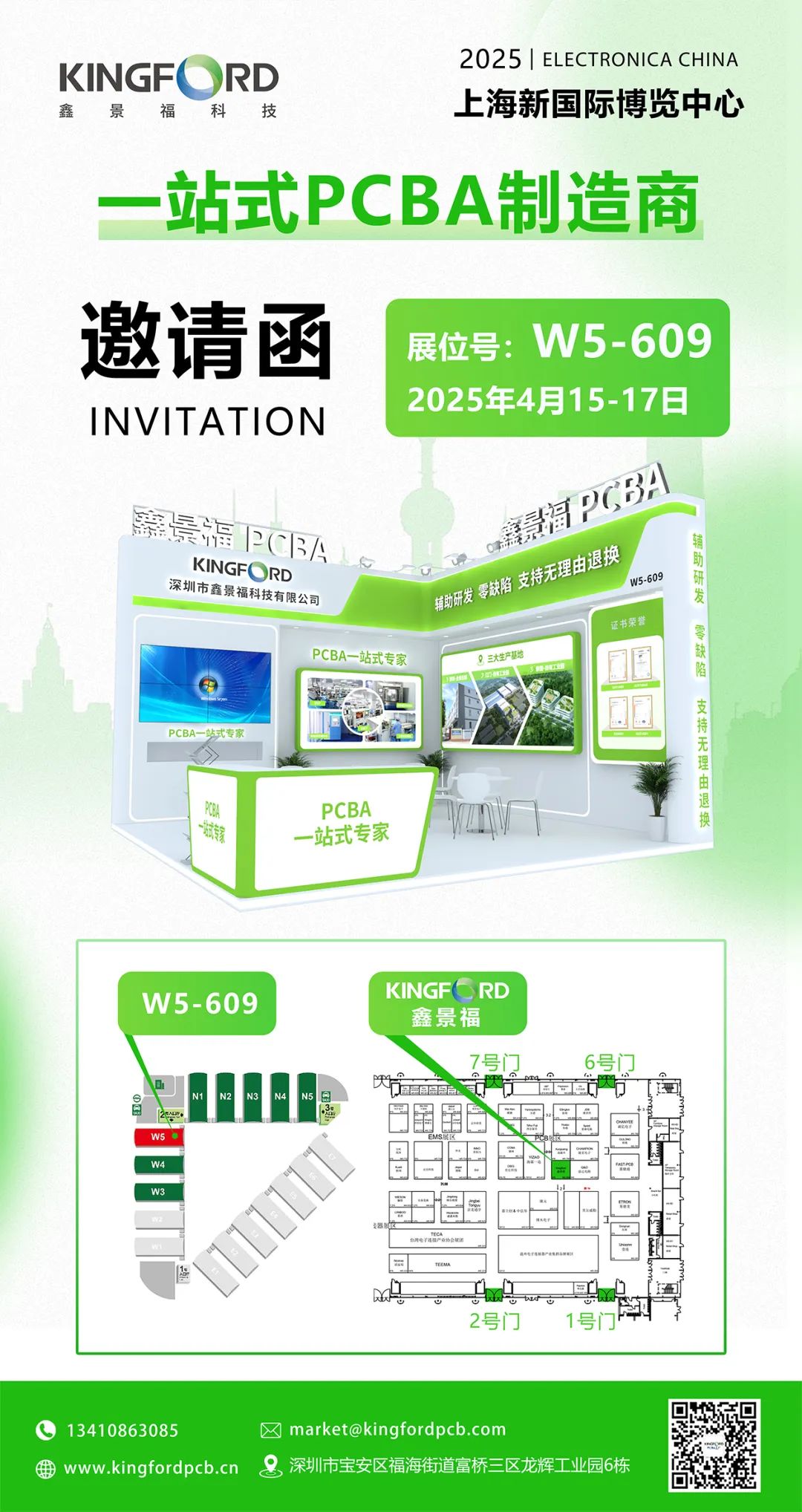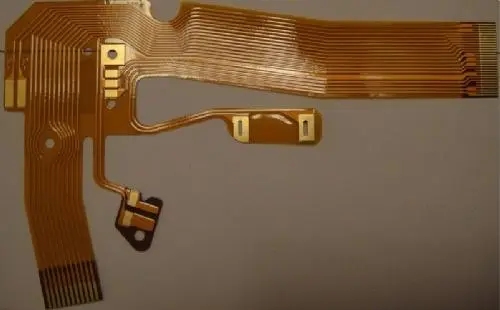
DetaiLED description of FPC circuit board and connector types
PCB manufacturers, PCB designers and PCBA manufacturers will explain FPC PCB and connector types in detail
The FPC factory believes that even though some connectors can be omitted in the design of FPC, there are some connectors that cannot be avoided, that is, the design of external connection of some FPC, common design patterns and general comparison of advantages and disadvantages. Some basIC connectors are relatively SIMple, typically including insulated alternating type and clamped type connectors, which are widely used in low-cost applications, and they are generally not considered to have high reliability.
The male and female pins are made on the slot type connector, and the cast or bronze pins can be directly installed on the FPC. Some successful cases of these methods have been applied to specific low level product fields, and the performance of these products is not too critical.

The engraving FPC technology mentioned above has the ability to directly integrate the connector onto the soft board. This method is applicable to some different electronic applications. For this reason, the soft board does not need to be matched with the bulk insert components. This technique can be extended by using soft plates and contacted by using unsupported edges.
In addition, the edge folding reinforcement can also be used to generate the card structure as the contact area, which is a simple and relatively cheap FPC interconnection method. It contacts PCB directly along the card edge. There are several connector types available for this type of structure. Because the soft board itself is thin, it can be combined with a connector design of appropriate width, and simply made of reinforcement plates of various thicknesses. The main reason for the increase in the proportion of surface mount connectors used in soft boards is to reduce the size. Not surprisingly, the low prism connector will be quite suitable for this requirement and meet the FPC assembly capability.
Some low priSMAtic connectors are currently in circulation in the MARKet, and these small connectors are very suitable for many flexible board applications with limited space. Low wire connector types, such as low insertion force (LIF) and zero insertion force (ZIF) connectors, can be made with contact point spacing as small as 0.30mm, which has become a mass production commodity. To interconnect the softboards with the next level devices, a considerable number of ways can be used to connect them. The choice itself depends on the cost and performance requirements of the final product.
When the typical soft board is simply used, the user can match the construction shell to produce a shape. There are still many applications that require some kinetic energy deflection, while most of the soft board applications are designed to fit functional components into the product. In this regard, soft boards are required for bending or folding connection. Soft boards can withstand millions to billions of flexure cycles and must be designed correctly to meet functional requirements. Even those static application softboards may be used in dynamic circulation to improve application and design, which often occurs in the design of various mobile electronic products.
For example, when the tire faces impact and vibration, it will make the soft plate withstand millions of low amplitude and high frequency elastic cycles. If dynamic soft plate design criteria are not considered, potential unexpected cyclic fatigue failure will occur when impact and vibration exist. Pay attention to some simple dynamic FPC design criteria, which can be of great help to FPC application. PCB manufacturers, PCB designers and PCBA manufacturers will introduce FPC PCB and connector types in detail.
然后
联系
电话热线
13410863085Q Q

微信

- 邮箱




